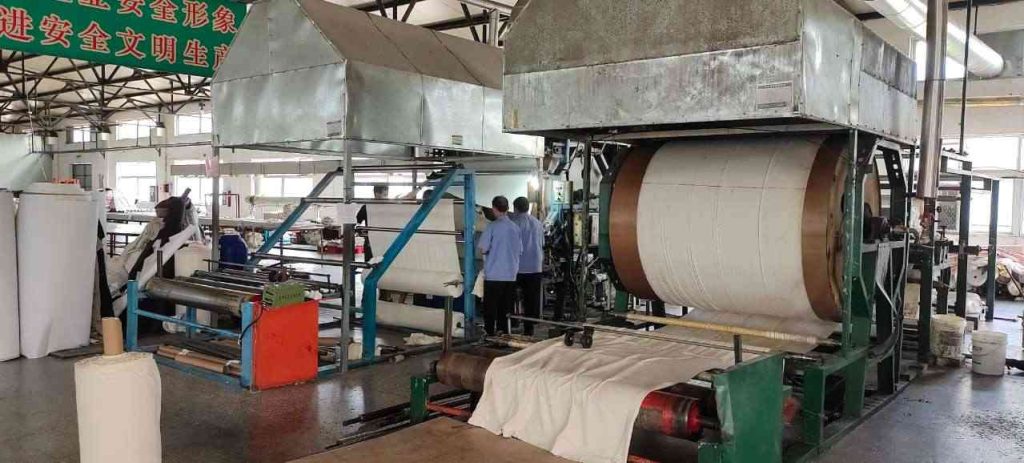The higher cost of custom shoes with a low minimum order quantity (MOQ) is due to various factors related to the manufacturing process. Here’s a detailed explanation
Economies of Scale
When production is in large volumes. The unit cost decreases because fixed costs like design, planning, and others can be spread across more units. In low MOQ orders. If fixed costs are spread across fewer units. It results in a higher cost per pair of shoes.

Production Setup Costs
Each production run incurs setup costs, including equipment setup, material preparation, and labor setup. For low MOQ orders, these setup costs are relatively high because they are not spread across many pairs of shoes.
Customization Costs
Custom shoes often require special materials, designs, and custom components. At a smaller scale, the labor cost of obtaining specific materials and developing unique designs can be high.
Material Procurement
Suppliers typically offer better prices for bulk purchases. When shoe manufacturers order smaller quantities at low MOQ. They may have to pay higher prices, which in turn increases the overall cost of the shoes.

Logistics and Transportation
Transporting small batches of goods may be less cost-effective. Large orders can usually be transported more efficiently, while small orders may incur higher unit transportation costs.

Inventory Management
Maintaining various custom materials and components for low MOQ orders can lead to higher inventory costs. Since small batch inventory turns over more slowly. These costs are higher per unit, leading to higher warehousing and management expenses.
In summary, the high cost of custom shoes with a low minimum order quantity is due to the challenges and additional costs they face in the production process. From the lack of economies of scale to the high costs of customization, these factors collectively drive up the manufacturing cost per pair of shoes. However, despite the higher price, low MOQ custom shoes still have their unique market and value.
